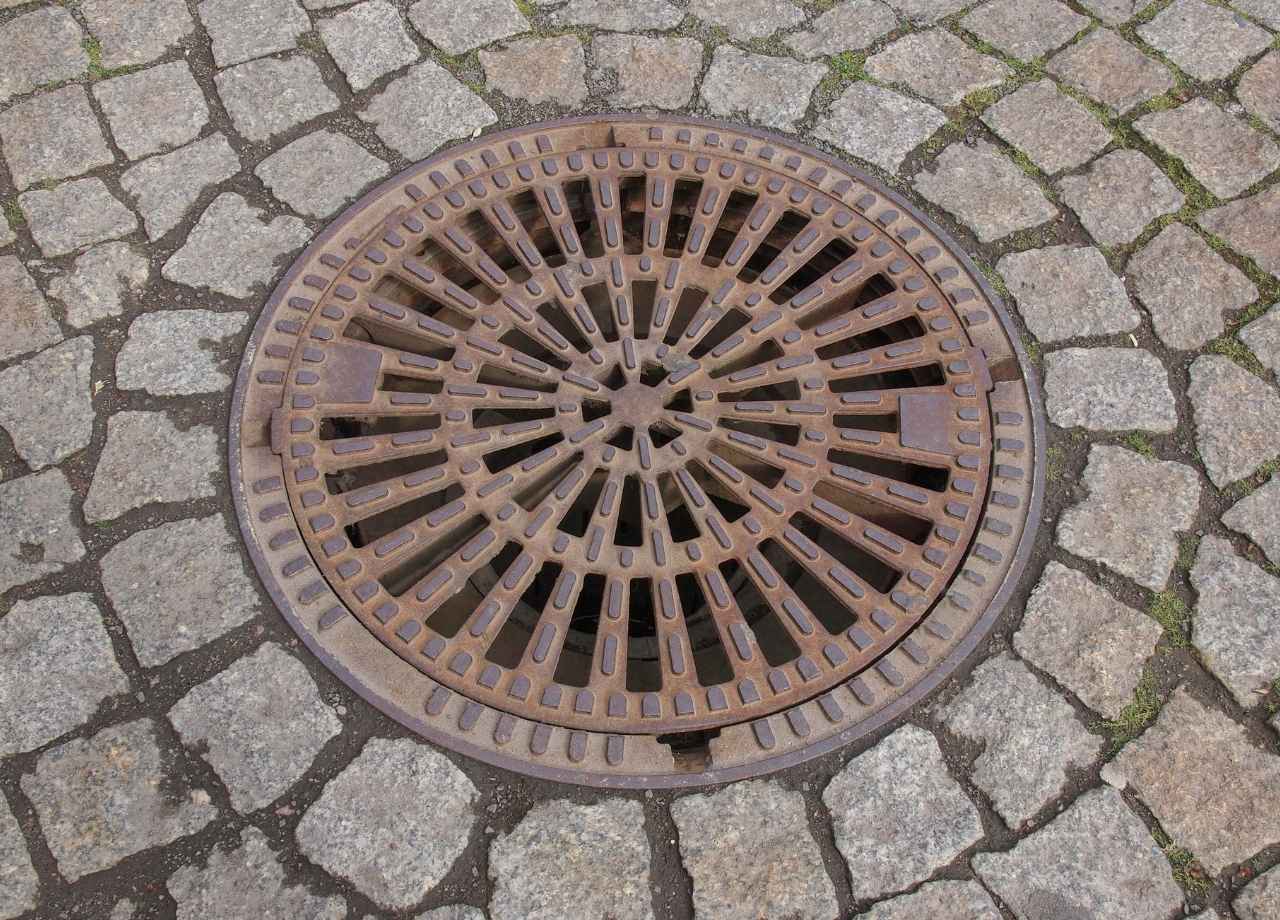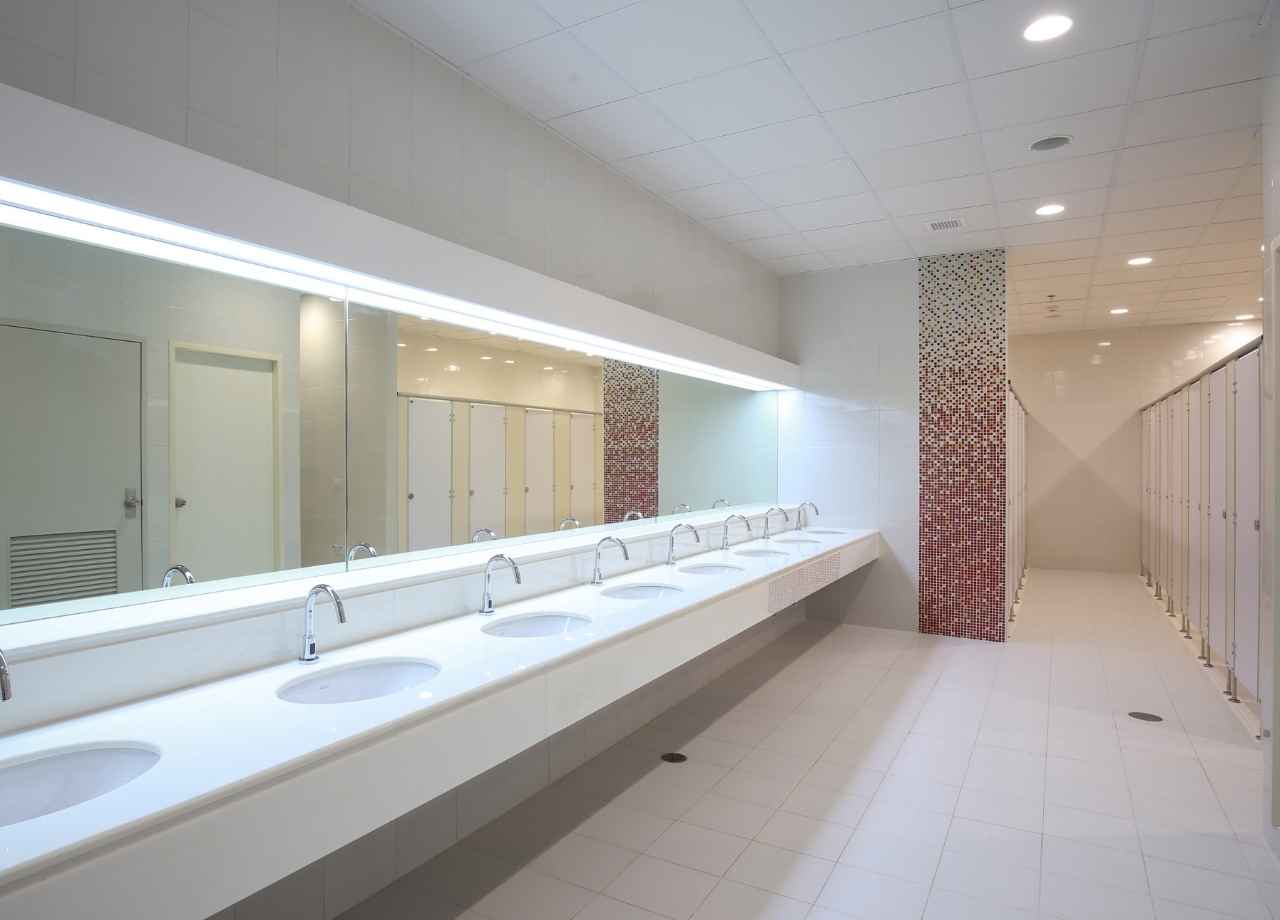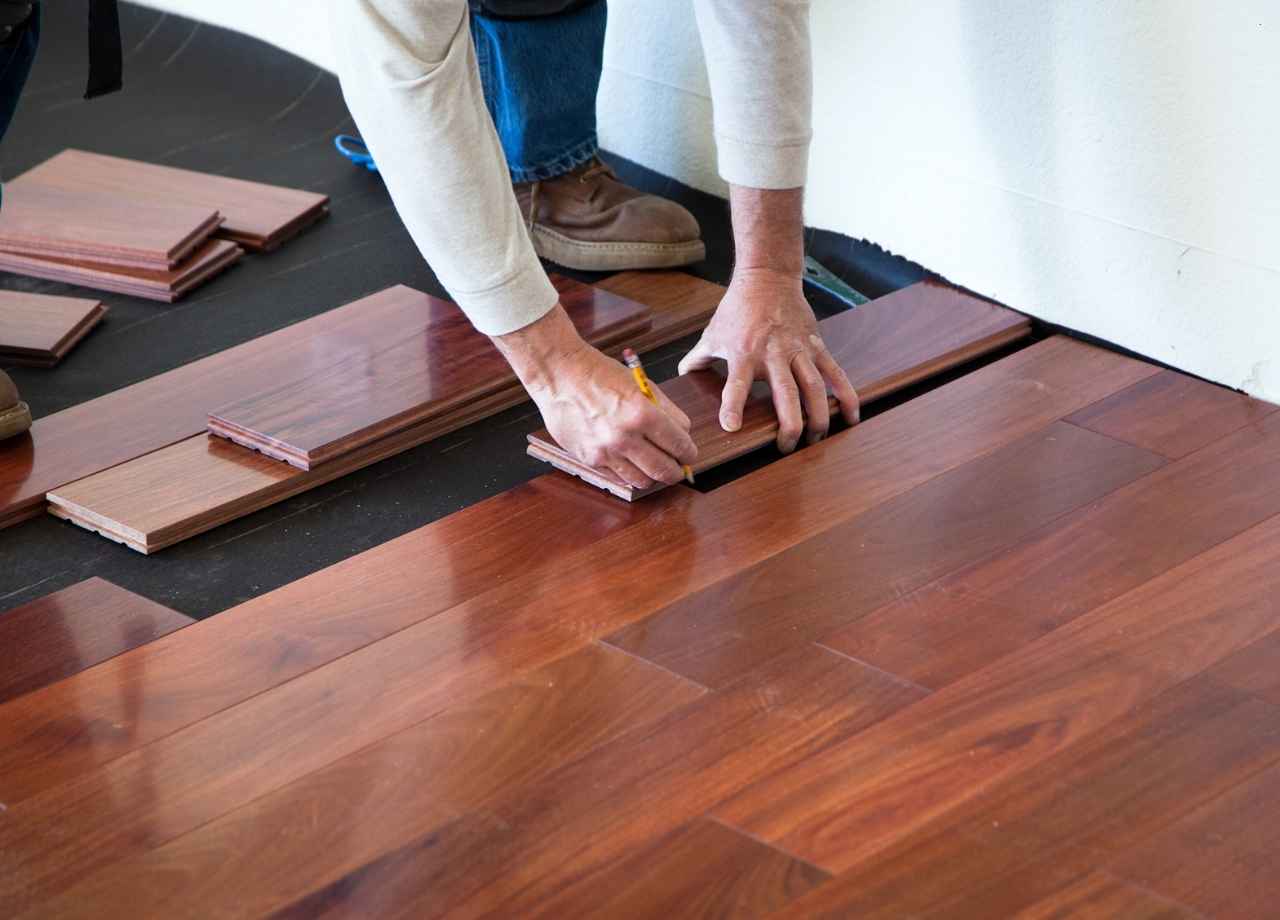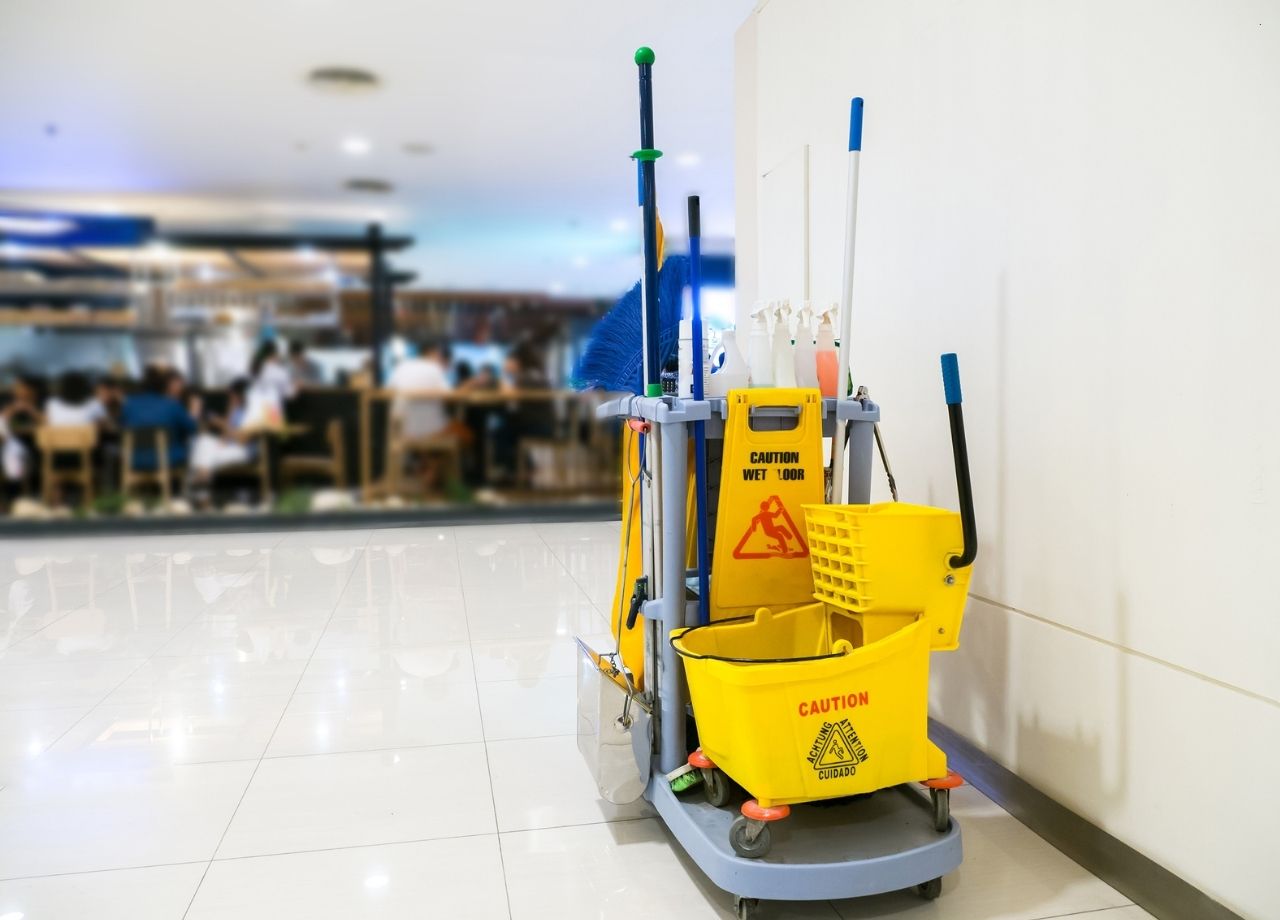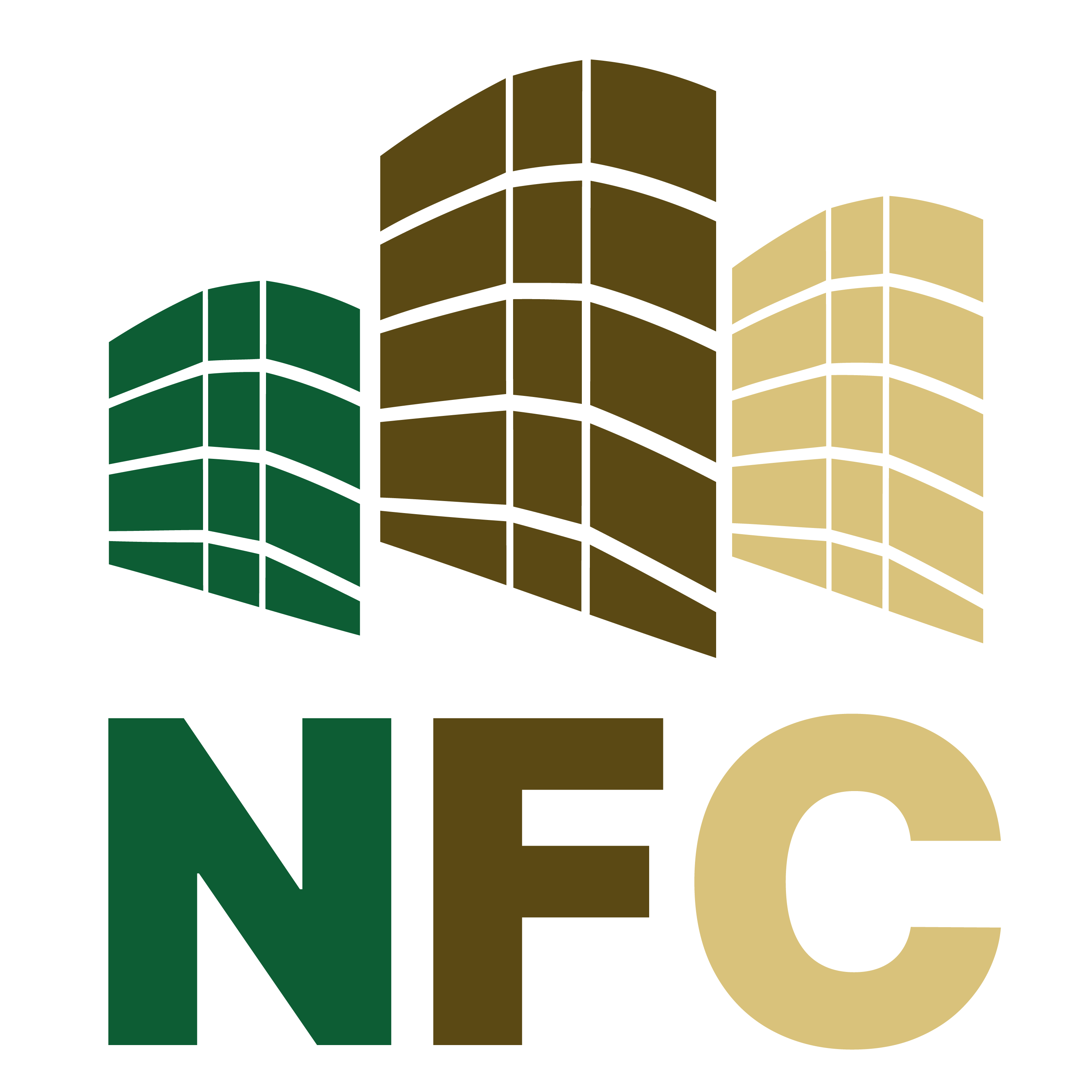Commercial Facility Drain Maintenance Guide
Finding clogged drains in a busy commercial building feels like discovering a hidden threat lurking beneath the surface. Facility managers learn quickly that neglecting drainage systems doesn’t just lead to unpleasant odors—it can mean flooding, system failures, compliance violations, and major disruptions to
operations. The cost of downtime or water damage far exceeds the effort of regular drain maintenance.
A preventive plan is more than a checklist—it’s risk management. Routine inspections, grease trap cleaning, and pipe jetting reduce the odds of unexpected emergencies and costly repairs.
The Unseen Risk Beneath Your Feet
One afternoon, a property manager shared a story: lunchtime rush, basement kitchen drains backing up, water creeping toward electrical outlets. In just minutes, the facility was one short circuit away from a full shutdown. That moment sparked a long-term commitment to scheduled drain inspections.
Every drain connects to more than one area—restrooms, kitchens, rooftop systems, and mechanical rooms. When a blockage happens in one section, it creates ripple effects throughout the facility. What looks like a small slowdown at a single fixture might be the early warning of a larger obstruction further downstream.
Routine checks uncover hidden issues like hair, grease, paper towels, or mineral buildup before they escalate. Teams often find debris near grates weekly and inspect sink traps monthly. Even if surfaces appear clean, internal pipe walls can carry up to 70% occlusion. Plumbers using video cameras frequently uncover severe buildup behind otherwise clear fixtures. Catching those hidden risks early saves thousands in water damage and repair costs.
Grease Control in Kitchens
Commercial kitchens are one of the most common sources of drain problems. Grease from dishwashing stations, fryers, and cooking equipment cools quickly, clinging to pipe walls and solidifying into dense blockages. Over time, this narrows the flow path for wastewater and slows down systems across the building.
Controlling kitchen grease starts with the right size and type of grease traps. Choosing a properly sized trap depends on factors like:
- Flow rate of fixtures
- Number of dishwashing stations
- Type of cooking equipment used
- Frequency of cleaning
Once installed, grease traps require regular cleaning to remain effective. Many facility managers assign staff to scrub surfaces weekly and perform deeper cleanouts monthly. Teams that dry-sweep grease from trays and cookware before rinsing see slower accumulation and less stress on downstream plumbing.
A practical habit: check how often the trap lids need opening or if odors start appearing earlier than expected. These cues help fine-tune maintenance intervals and reduce backup risks.
Preventive Pipe Flushing
Over time, pipes develop internal buildup from mineral deposits, organic matter, and cold wastewater residue. Periodic flushing using high-pressure water jets is one of the most effective ways to clean commercial drain systems.
A technician inserts a specialized nozzle through cleanouts or access points and applies water pressure to break apart and flush away the buildup. Proper pressure selection is critical—too little pressure leaves residue, too much may damage older piping.
Best practices include:
- Starting with 1,000 psi and inspecting pipe condition
- Adjusting based on pipe material (PVC, cast iron, etc.)
- Logging each jetting session with date, technician, pipe size, and nozzle type
Jetting frequency varies by building usage. Some high-traffic properties jet main lines annually, while others may extend to 18-month intervals. Keeping a maintenance log helps teams track buildup trends and plan service proactively.
Root Intrusion in Older Systems
Older commercial buildings—especially those with original clay or cast iron pipes—often face underground root intrusion. Tree roots seek moisture and enter the system through tiny cracks, eventually expanding until they fully obstruct the line.
- Warning signs include:
- Frequent backups during rain
- Unusual wet spots on floors
Persistent slow drains in multiple restrooms or kitchens
Video inspections using drain cameras often reveal “feathery” root patterns growing inside pipes. Mechanical augers or root cutters can remove the roots temporarily, but if left untreated, they’ll return.
Follow-up treatments may include:
- Application of root-inhibiting foam
- Pipe relining or replacement with PVC sections
- Ongoing monitoring of previously affected areas
Floor Drain Care
Floor drains in mechanical rooms, loading docks, storage areas, and restrooms often go unnoticed until they stop working. Dust, packaging debris, chemicals, or even trash items fall through floor grates and clog the U-shaped trap below. If traps dry out from disuse, they allow sewer gas into the building—a major air quality concern.
Simple preventive steps:
- Sweep debris before mopping floors
- Inspect grates for buildup during daily rounds
- Pour a cup of water down each trap weekly to maintain seals
- Use removable basket-style drain covers to catch debris
Small routines like these prevent larger issues from forming and help ensure drains continue to operate safely and cleanly.
Rooftop and Exterior Drains
Stormwater drainage systems on rooftops, decks, or parking garages must handle large volumes quickly. If leaf litter, bird nests, or trash block these drains, water can pool and leak into the structure below—damaging ceilings, electrical systems, or concrete foundations.
Preventive maintenance includes:
- Walking and inspecting rooftop filter screens each fall
- Scheduling professional roof-sweeping twice a year
- Flushing downspouts and storm lines after heavy storms
- Inspecting outlets from the roof to the street-level discharge
Keeping these drains clear is essential for buildings in rainy or storm-prone regions. A slow-flowing rooftop drain can quickly lead to emergency calls—and in some cases, insurance claims.
Chemical Use and Caution
Chemical drain cleaners may seem like a quick fix, but many contain harsh acids or lye that corrode pipe interiors. Repeated use weakens joints and fittings, especially in older systems.
Safer options include:
- Mechanical snaking or jetting
- Enzyme-based biological cleaners that break down organic waste
- Commercial degreasers formulated for plumbing infrastructure
Monitoring Through Sensors
Smart sensors now play a role in commercial drain maintenance. Devices inserted into key points of the system can measure flow rates and detect early blockages. When flow drops below a threshold, maintenance teams receive alerts—before backups happen.
Some facilities integrate drain monitoring into their existing dashboards, allowing for:
- Real-time alerts
- Trend analysis by location
- Predictive maintenance planning
While full automation may not fit every budget, placing sensors at main risers or common trouble points can provide valuable early-warning data.
Staff Engagement and Training
A successful maintenance plan depends on more than tools—it relies on people. Training custodians, technicians, and operations staff about the basics of the drainage system builds ownership and early detection.
Some effective tactics:
- Include drain care in onboarding for custodial teams
- Share video footage from camera inspections during team meetings
- Walk the building together to show key locations—cleanouts, traps, shutoff points
- Encourage early reporting of odd noises, odors, or slow drains
When staff feel equipped to understand and respond, they often catch issues before they escalate. Small investments in education lead to large savings over time.
Setting a Maintenance Schedule
Consistency is key. A proactive drain maintenance calendar helps avoid emergencies and reduces long-term costs. Here’s a sample cycle:
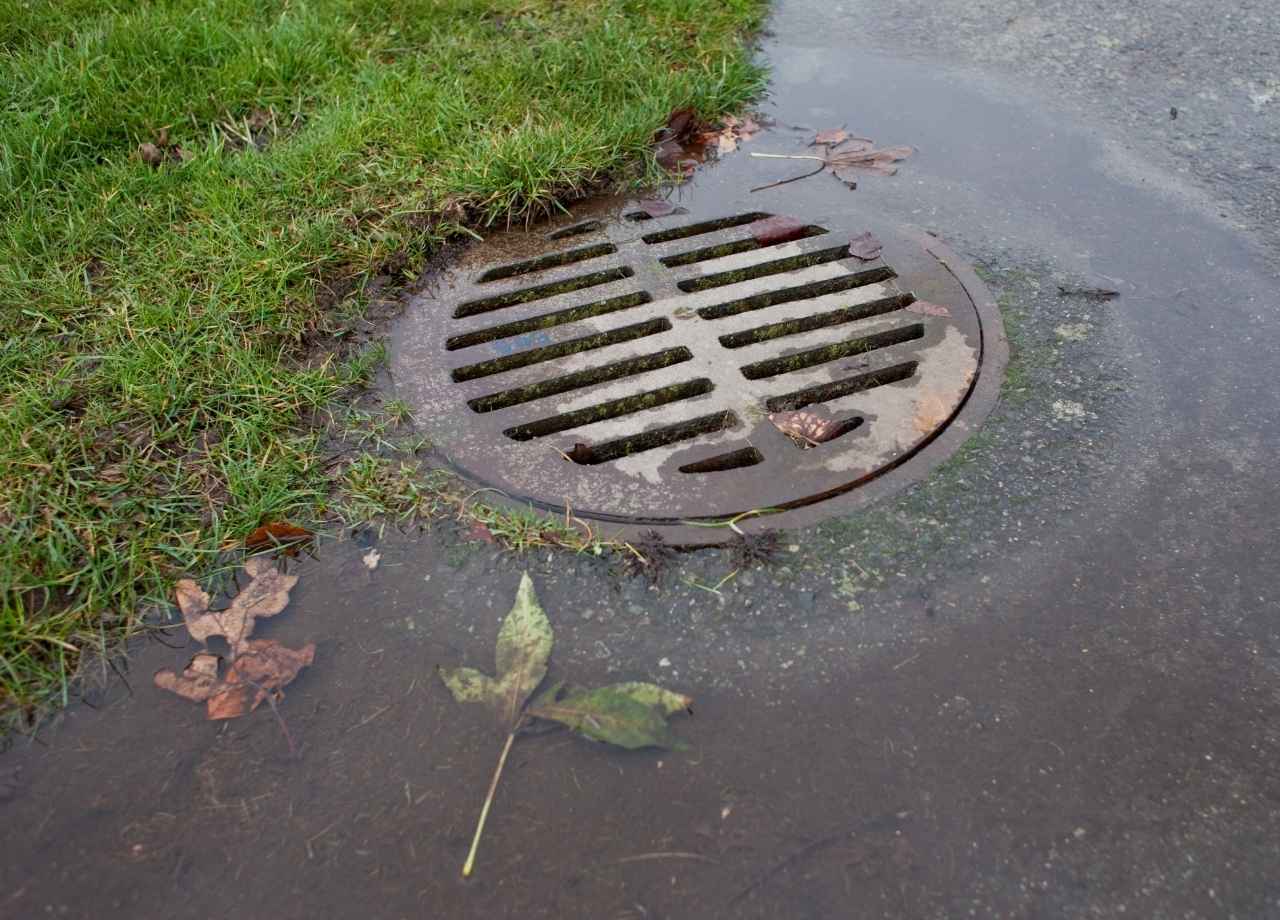
- Weekly: Remove visible debris from floor and rooftop grates
- Monthly: Clean grease and hair from kitchen and bathroom traps
- Quarterly: Video-inspect vulnerable lines, especially near kitchens or restrooms
- Annually: High-pressure jetting of main and branch drains; sensor review
- As needed: Chemical or root-control treatments based on inspection findings
Tracking these tasks in a digital work order system or shared spreadsheet also supports compliance during audits or inspections.
Choosing the Right External Partners
Most facility teams rely on plumbing contractors for inspections, jetting, and emergency response. Choosing the right partner ensures the job gets done correctly and proactively.
What to look for:
- Experience with commercial properties, not just residential work
- Certification in grease trap cleaning and hydro jetting
- Proper insurance and bonding
- Service reports with camera footage, not just invoices
Before-and-after videos offer insight into system health and demonstrate progress over time. Skilled partners act more like consultants—explaining what they found and how to prevent recurrence.
Real-Time Incident Response
Even with the best plan, drain overflows still happen. Having an emergency response protocol makes the difference between a minor inconvenience and a shutdown.
Build resilience through:
- Posted emergency response procedures
- 24/7 contact lists and vendor availability
- Staff training on shutoff locations
- Testing the plan twice a year
Clear steps and trained people prevent panic and minimize damage.
Budgeting for Maintenance versus Emergency
Emergency drain work costs 2–4 times more than scheduled maintenance. And that doesn’t include losses from shutdowns, tenant complaints, or health-code penalties. Budgeting even modest annual funds for jetting, inspections, and repairs pays off during peak seasons or weather events.
Smart facilities plan maintenance into their yearly budget cycle. Some even link drain care to other systems—HVAC maintenance or fire system checks—for shared scheduling and cost efficiency.
Final Thoughts
Every building has its own rhythm—kitchen rushes, seasonal weather patterns, staff turnover. Drain maintenance becomes part of a facility’s DNA when it’s tracked, taught, and prioritized.
The payoff? Fewer surprises. Less disruption. Lower costs. And a facility that performs as reliably below the floor as it does above.

